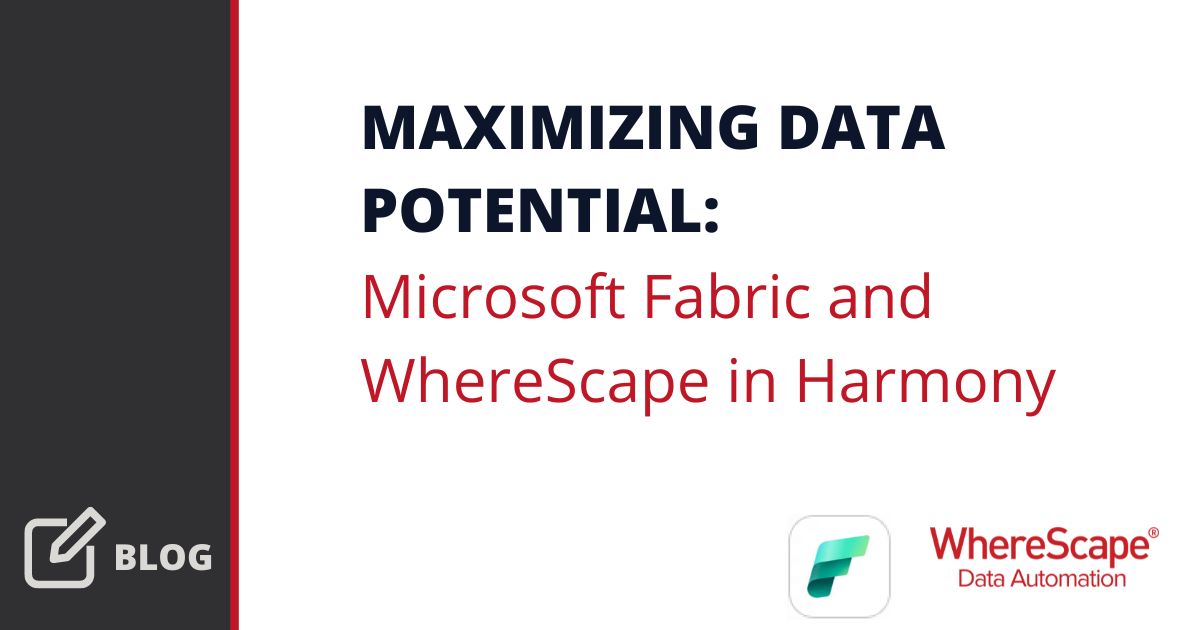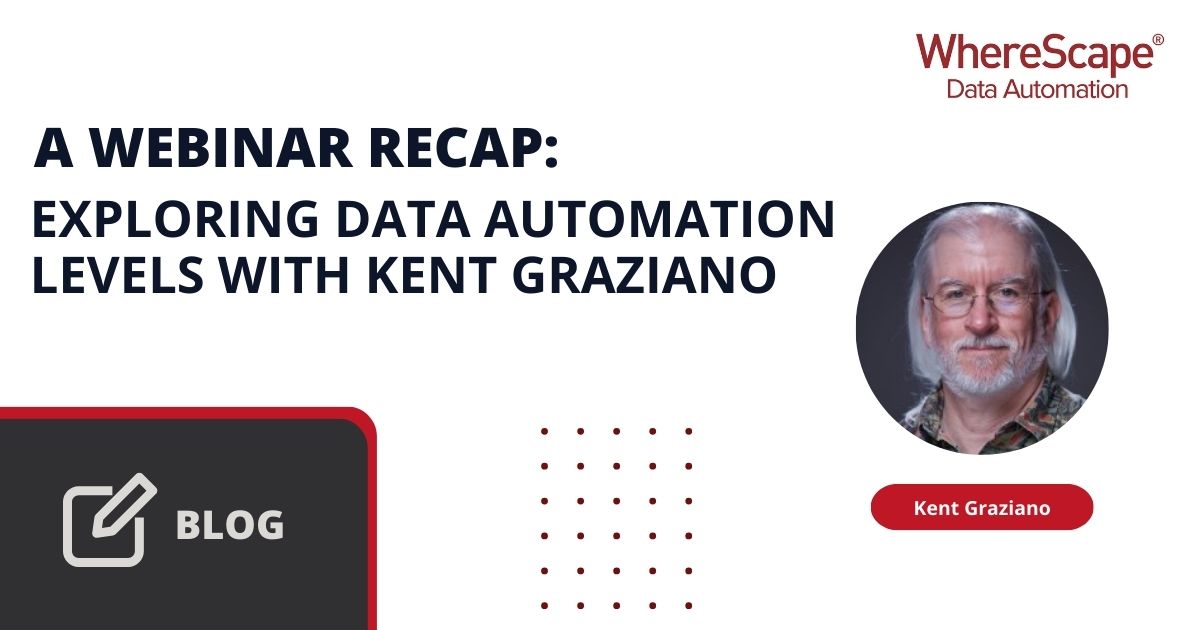Data and AI Summit brings together the global...
What is a Cloud Data Warehouse?
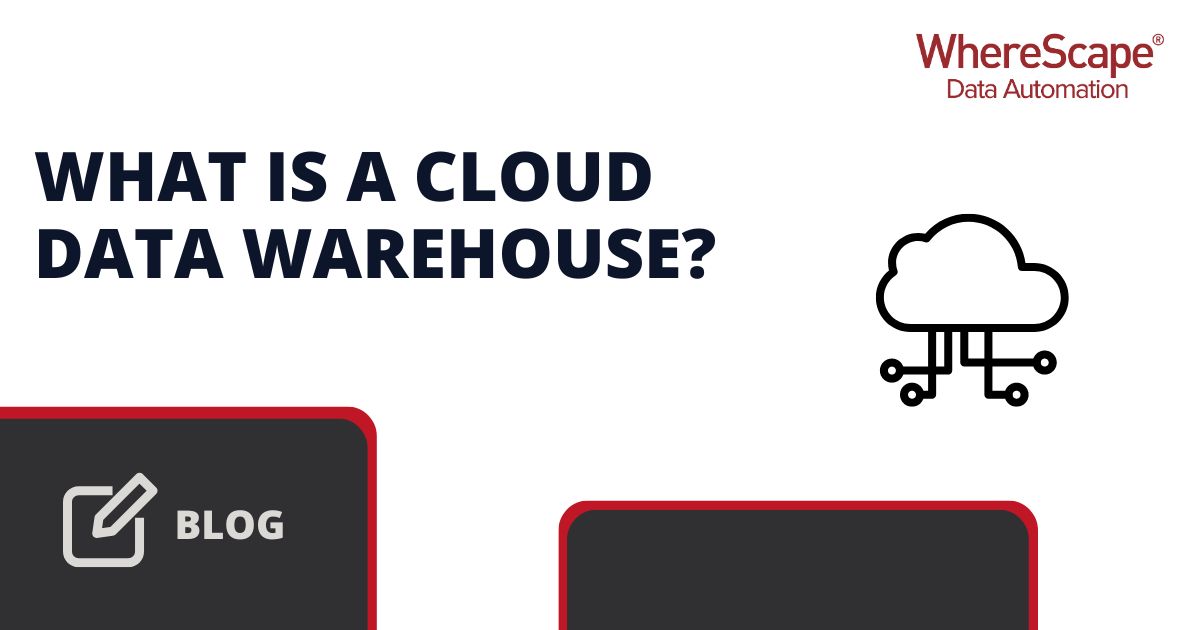
A cloud data warehouse is an advanced database service managed and hosted over the internet by a third-party cloud provider. Unlike traditional on-premises databases that require physical infrastructure and hands-on maintenance, cloud data warehouses offer a more flexible and scalable solution. They embody the power and functionality of conventional databases but are significantly more adaptable to changing business needs. Users can access the data warehouse remotely from anywhere in the world, and adjust storage capacity and computing power on-demand.
This dynamic scalability means that organizations can efficiently manage their data loads and performance requirements without upfront hardware investments or long-term commitments. Cloud data warehouses automate many of the maintenance tasks, such as backups and software updates, further reducing the operational overhead for businesses.
Traditional Vs. Cloud Data Warehouse Differences
There are crucial differences between traditional and cloud data warehouses. Traditional warehouses are on-premises solutions with fixed capacity, requiring substantial investment and upkeep. Conversely, cloud data warehouses offer a flexible, scalable, and cost-efficient alternative, hosted remotely and managed by cloud providers. This comparison will help organizations determine the best data management solution to meet their specific needs.
Traditional Data Warehouses
A traditional data warehouse is a structured repository designed for the organization, storage, and retrieval of data, typically housed within a data center on the organization’s premises. These facilities are characterized by their fixed capacity and computational power, which means they can neither expand nor contract easily in response to business demands. Ownership and maintenance of this infrastructure rest solely with the organization, involving significant capital investment and ongoing operational costs.
Cloud Data Warehouses
In contrast, a cloud data warehouse offers a highly flexible and scalable environment for data storage and computation, hosted remotely on a public cloud provider’s expansive data center infrastructure. This model operates on a pay-as-you-go basis, where storage and computational resources are rented, not owned. The flexibility of this system allows for rapid scaling, up or down, according to the fluctuating demands of the business.
The physical location of a cloud data warehouse is generally immaterial, except in scenarios where regulatory requirements dictate data residency. Managed entirely online, these cloud-based services minimize the need for physical maintenance and reduce the overhead associated with traditional data warehouses.
5 Benefits of Cloud Data Warehouse
The benefits of a Cloud Data Warehouse can be summarized in five main points:
1. Access
Cloud data warehouses offer the significant advantage of remote access, enabling database interactions from anywhere, at any time. This flexibility is not only convenient for staff located near traditional data centers, who can now perform troubleshooting tasks from home or elsewhere after hours, but it also broadens the scope for hiring. Companies can tap into global talent pools, no longer restricted by geographic proximity to physical infrastructure. Moreover, cloud data warehousing operates on a self-service model, which minimizes dependency on specialized staff availability, streamlining operations and enhancing productivity.
2. Cost
Maintaining traditional data centers involves substantial costs, including the expense of purchasing and housing the infrastructure, which requires proper cooling, insurance, and expert staffing. Additionally, the upfront cost of the databases themselves can be significant. In contrast, cloud data warehousing provides a more cost-effective alternative, allowing you to pay only for the computing and storage resources you use. With the advent of elastic cloud services like Snowflake, these resources can be purchased separately in varying amounts, offering unprecedented flexibility. This pay-as-you-go model means you only incur costs for active usage, with the added advantage of being able to instantly scale down or discontinue services as needed without financial penalty.
3. Performance
Cloud service providers are in constant competition to deliver the most powerful hardware at a fraction of the cost it would take to replicate that capacity in an on-premises setting. They also ensure that upgrades are handled automatically, guaranteeing that you have access to the latest technology without any downtime typically associated with system upgrades. While some on-premises databases may boast faster performance, they often can’t match the cost-efficiency and immediate availability provided by cloud-based ‘Infrastructure-as-a-Service’ offerings. This makes cloud solutions not only more technologically advanced but also more accessible and economical.
4. Scalability
Setting up a cloud data warehouse is remarkably straightforward, much like opening an account with any major cloud provider, including Microsoft Azure, AWS Redshift, Google BigQuery, and Snowflake. You can easily scale your account up or down, or even close it entirely, with just a few clicks. Furthermore, the transparent pricing models of these services ensure that users understand the costs upfront before adjusting their computing or storage requirements. This flexibility and scalability are why the term ‘Elastic Cloud’ has become synonymous with cloud data warehousing.
5. Agility
Using a cloud data warehouse provides the flexibility to switch providers as your business strategy evolves. This database-agnostic approach offers the agility to scale up, scale down, or completely transition to different providers as needed. Furthermore, metadata-driven automation software, such as WhereScape, facilitates seamless migration of entire data infrastructures to or from cloud data warehouses. This capability enables various teams within an organization to select and work with the database and hybrid cloud configurations that best fit their specific requirements. For instance, Legal & General effectively utilized WhereScape to optimize their data handling across different cloud environments.
Choosing a Cloud Data Warehouse Solution
Selecting the right cloud data warehouse solution requires careful financial analysis to ensure cost-effectiveness for your business. Different cloud providers, such as Amazon and Microsoft, offer varying pricing models based on the rental of nodes and clusters. This arrangement provides a predictable cost structure, though it may occasionally require maintenance specific to your server allocation.
Alternatively, providers like Snowflake and Google utilize a serverless architecture, where the physical details of storage are abstracted. Here, pricing is purely based on the consumption of computing and processing power. This model offers flexibility but can lead to unpredictable costs, especially in larger organizations where the demand can exceed initial estimates.
Each cloud provider also offers a unique set of tools supporting data management, visualization, and predictive analytics, which should be considered when choosing a provider. Additionally, leveraging data automation tools such as WhereScape can significantly enhance the efficiency and speed of migrating to and managing cloud data warehouses. These tools automate many of the tedious and error-prone processes involved in data integration, allowing your team to focus on strategic tasks and gain quicker insights from your data infrastructure. This can be a crucial advantage in maximizing the return on investment in your chosen cloud data warehouse solution.
Whichever Cloud provider or modeling style you choose, you can always get your data warehouse solution online and usable faster with Data Warehouse Automation.
Maximizing Efficiency with Cloud Data Warehouses:
Cloud data warehouses offer a superior alternative to traditional setups by providing enhanced flexibility, scalability, and cost-efficiency. They allow for easy remote access, require lower operational costs, and facilitate rapid scalability to meet business demands. Tools like WhereScape Data Automation further streamline migrations and management, boosting efficiency. By selecting the right cloud provider and leveraging cutting-edge automation, organizations can maximize their data management capabilities and maintain agility in a rapidly evolving digital landscape.
Maximizing Data Potential: Microsoft Fabric and WhereScape in Harmony
Forget gold. Forget oil. We are living in an era where data is our most precious commodity. As organizations strive for deeper insights into how their products perform, how their brand is perceived, and how customers behave, the need for stronger and more efficient...
Efficient Processing Techniques for JSON and Parquet Semi-Structured Data
Introduction to Semi-Structured Data and Its Importance Semi-structured data sits on the spectrum somewhere between traditional database tables and unstructured data. It has organizational properties that make it easier to analyze than raw text, but it doesn’t fit...
A Webinar Recap: Exploring Data Automation Levels with Kent Graziano
Our most recent webinar, "The Future of Data Warehousing: Understanding Automation Levels," hosted by Patrick O'Halloran, Solutions Architect, and esteemed guest speaker Kent Graziano dove into the transformative world of data warehouse automation. They discussed its...
WhereScape’s Supported Platforms: Accelerating Data Solutions Across the Board
The Future of Data Warehouse Automation with WhereScape Data warehouse automation represents a transformative shift in how businesses manage and utilize their data. WhereScape is at the forefront of this movement, offering tools that automate code generation,...
Overcoming Challenges with AI Hallucinations
Conversing with your digital assistant on your smartphone, using facial recognition for security, traveling in autonomous vehicles, or browsing recommended products based on your search history - there is no denying AI is embedded in many aspects of our lives. AI has...
Navigating Data Governance with WhereScape 3D
Properly managing and organizing data allows businesses to not only understand crucial patterns and trends, but also to leverage that data in strategic ways that grow revenue over time. Data drives decision-making and paves the way for innovation when used properly....
Deep Dive into WhereScape RED: Features and Benefits
Transforming a business’s various databases and files into actionable insights and reports is crucial, but incredibly time-consuming with traditional tools. Fortunately, with data warehouse automation tools like WhereScape RED, organizations can take advantage of a...
Brief Insights from Gartner® Latest Report on Data Fabric and Data Mesh
In the rapidly evolving world of data management, distinguishing between the myriad of strategies and technologies can be daunting. The latest Gartner® report, "How Are Organizations Overcoming Issues to Start Their Data Fabric or Mesh?" provides critical insights...
ETL vs ELT: What are the Differences?
In data management, the debate between ETL and ELT strategies is at the forefront for organizations aiming to refine their approach to handling vast amounts of data. Each method, ETL vs ELT, offers a unique pathway for transferring raw data into a warehouse, where it...
Embracing the Future of Data Management Recap: Insights from Mike Ferguson
In our recent webinar, "Embrace the Future of Data Management with Automated Cloud Data Warehousing," we had the privilege of diving into the transformative world of cloud data warehousing and highlighting the pivotal role of automation. Guided by our own Brad Kloth,...
Related Content
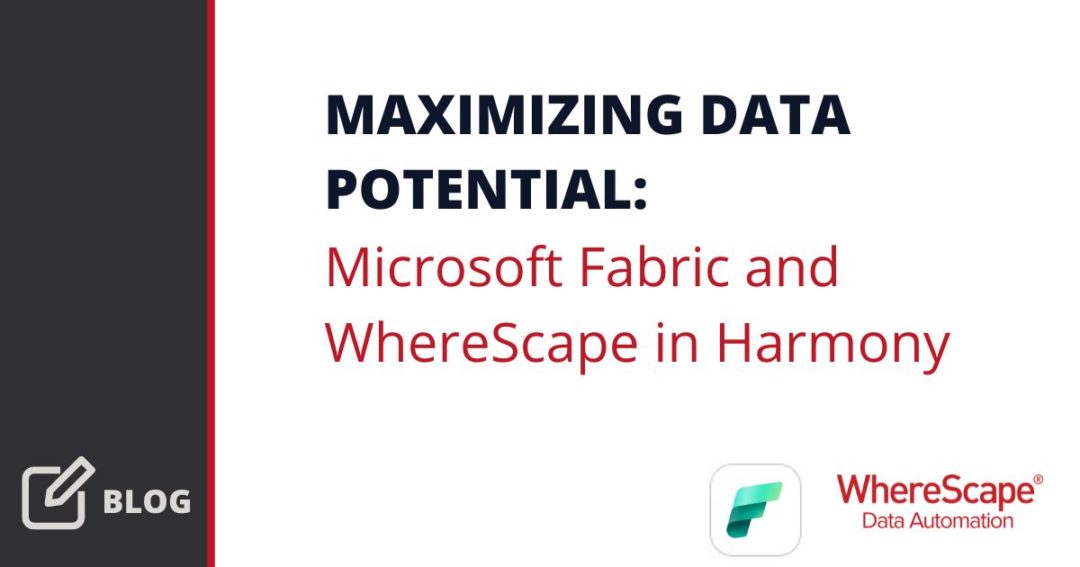
Maximizing Data Potential: Microsoft Fabric and WhereScape in Harmony
Forget gold. Forget oil. We are living in an era where data is our most precious commodity. As organizations strive for deeper insights into how their products perform, how their brand is perceived, and how customers behave, the need for stronger and more efficient...

Efficient Processing Techniques for JSON and Parquet Semi-Structured Data
Introduction to Semi-Structured Data and Its Importance Semi-structured data sits on the spectrum somewhere between traditional database tables and unstructured data. It has organizational properties that make it easier to analyze than raw text, but it doesn’t fit...
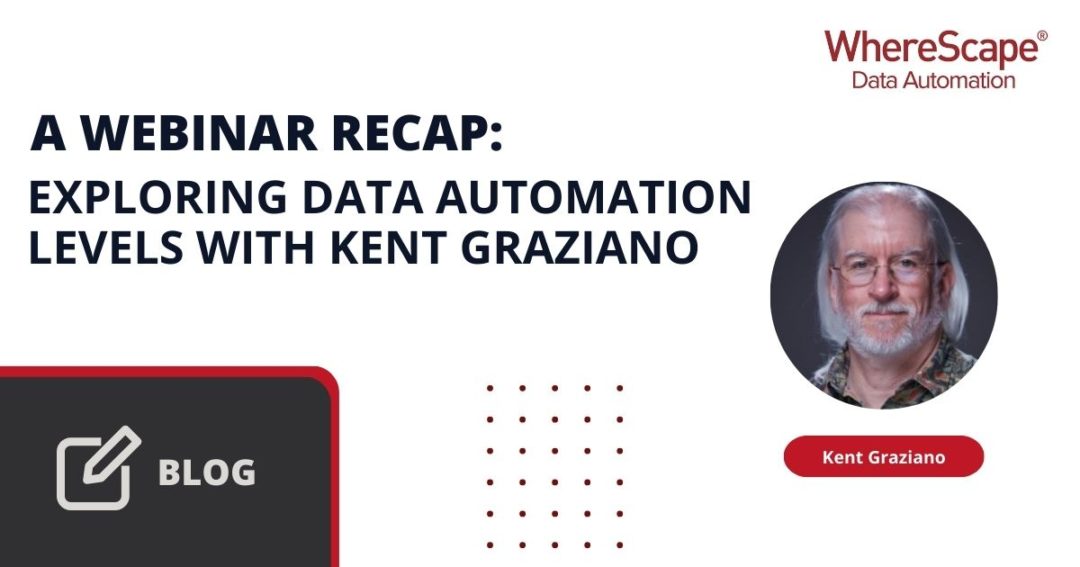
A Webinar Recap: Exploring Data Automation Levels with Kent Graziano
Our most recent webinar, "The Future of Data Warehousing: Understanding Automation Levels," hosted by Patrick O'Halloran, Solutions Architect, and esteemed guest speaker Kent Graziano dove into the transformative world of data warehouse automation. They discussed its...
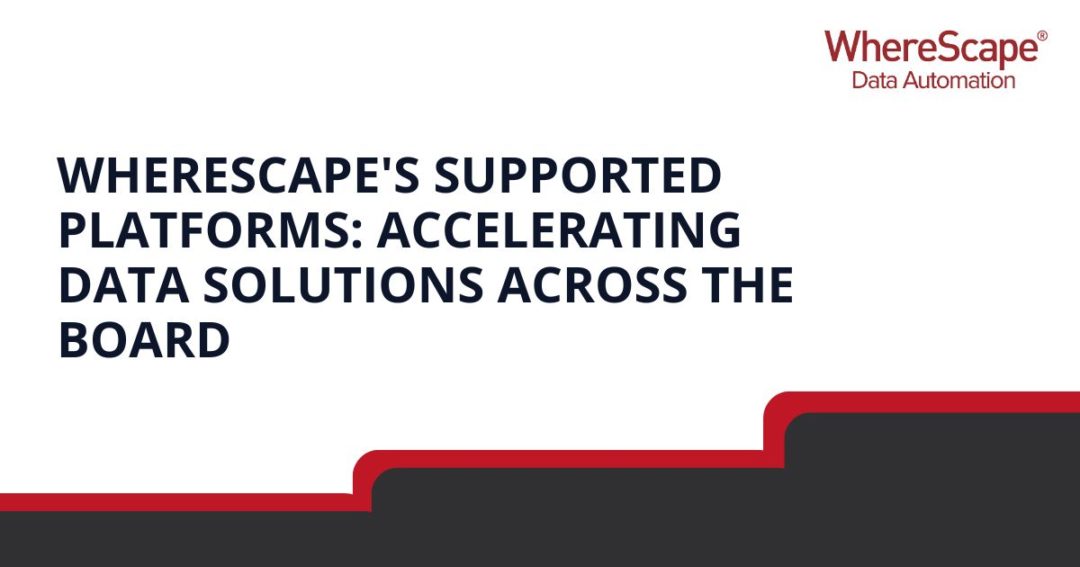
WhereScape’s Supported Platforms: Accelerating Data Solutions Across the Board
The Future of Data Warehouse Automation with WhereScape Data warehouse automation represents a transformative shift in how businesses manage and utilize their data. WhereScape is at the forefront of this movement, offering tools that automate code generation,...


